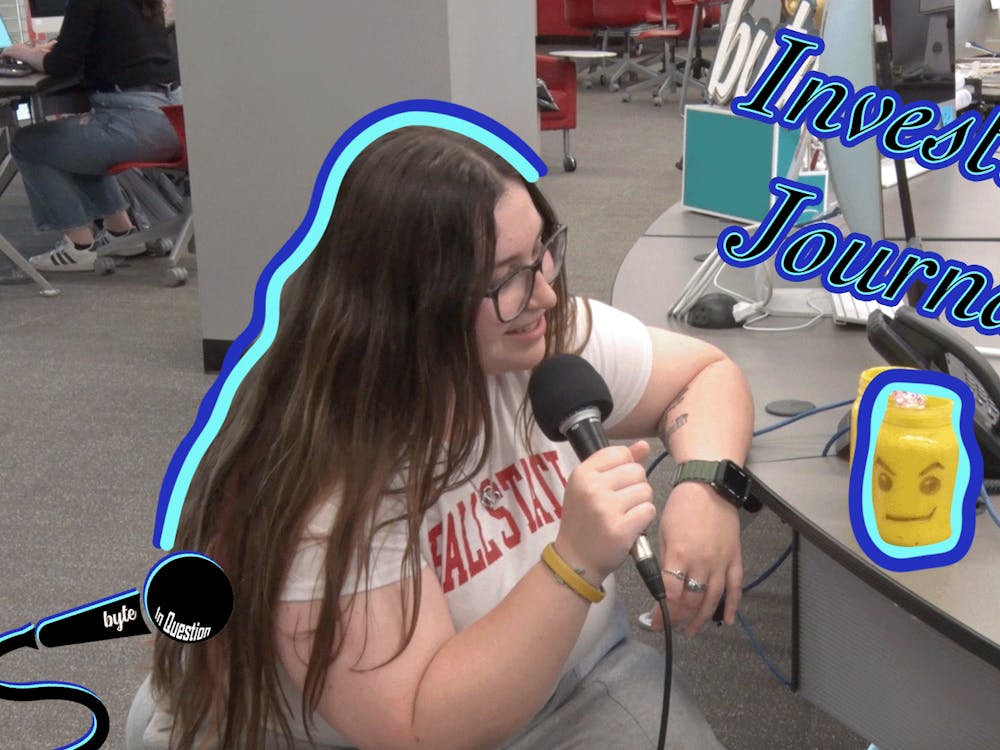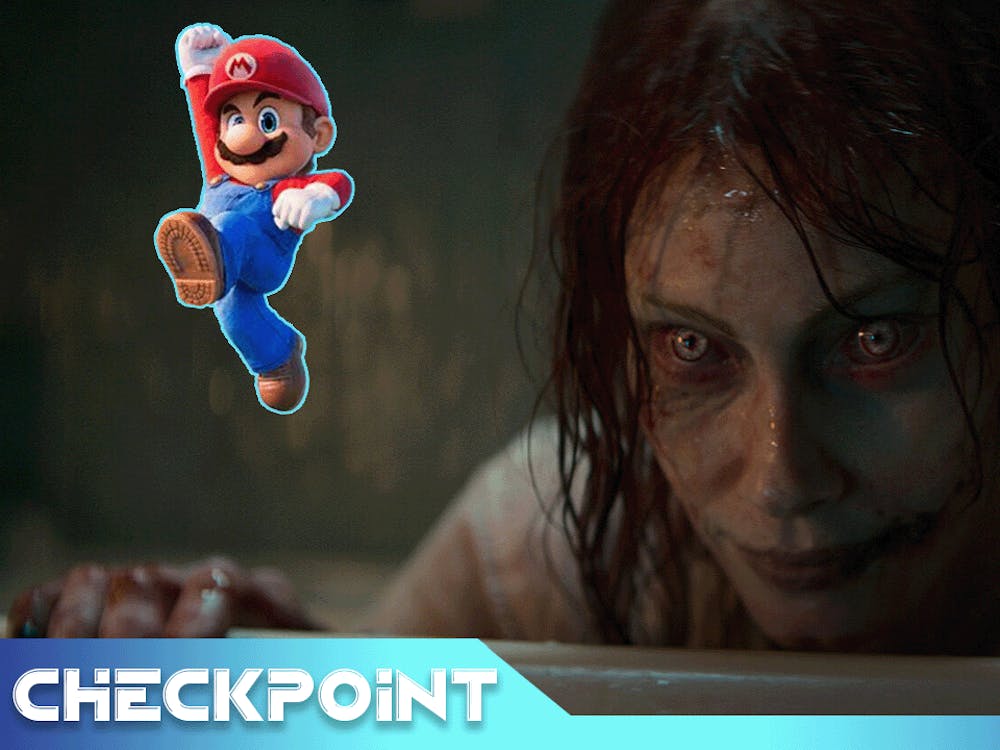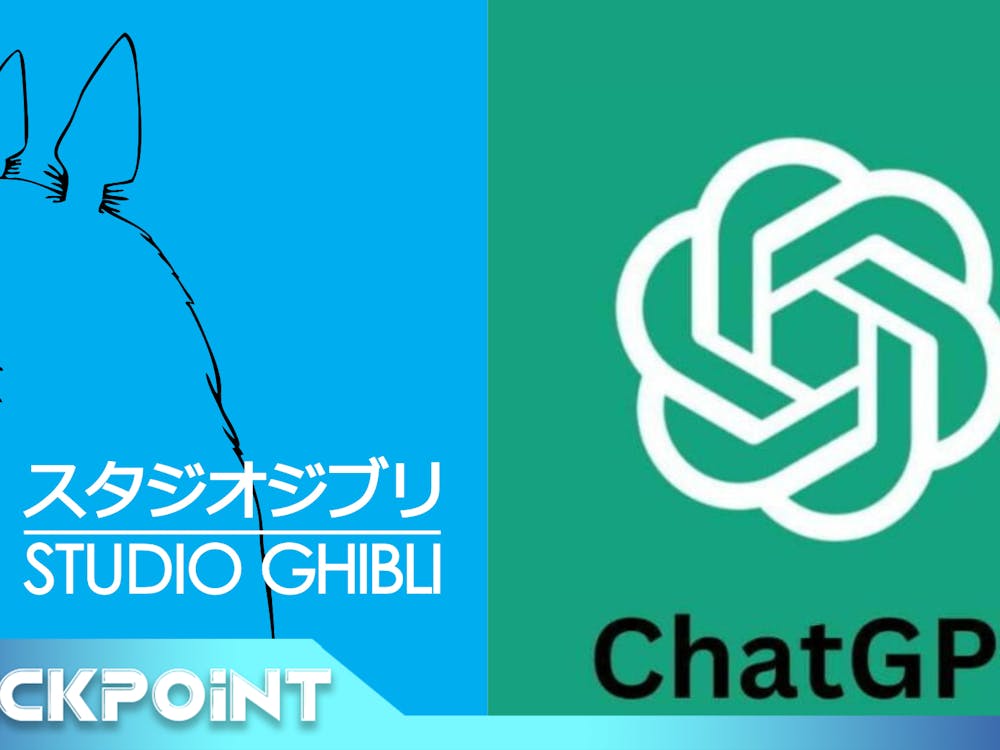The opinions and views expressed in this article are those of the author and do not reflect the opinion of Byte or Byte’s editorial board.
WARNING: This review will contain spoilers for previous Yakuza/Like a Dragon games, including Like a Dragon: Infinite Wealth.
In my year-and-a-half long tenure with the Yakuza/Like a Dragon franchise, I felt like I had seen everything. Real estate conspiracies, orphans, secret Koreans, rubber bullets, coin locker babies, and so much more; the plots of these games have come to be nigh unpredictable at points. Despite all of that, I would never have expected that in September 2024, Ryu Ga Gotoku Studio would announce that the next game in the Like a Dragon series would be a modern-day pirate adventure.
Like a Dragon: Pirate Yakuza in Hawaii is a welcome surprise, shaking some things up while still providing the same familiar feeling as its predecessors. While the game isn’t quite as in depth as some of the mainline entries, there’s still a lot to love here, from some of the most interesting combat in the series, to a plethora of side content to get lost in.
The Story is Just One Piece of the Pie
Pirate Yakuza’s story isn’t all that complicated, yet still hilariously outlandish. After washing up on the shores of a remote island, Ex-Yakuza boss Goro Majima (Hidenari Ugaki) awakens without his memories, and is met by a young asthmatic boy named Noah (Uika First Summer) and his pet tiger, also named Goro. Cascading from this point, Majima must navigate a world of modern-day, old-timey pirates—I would assume doing actual modern day pirates would be quite bleak—while searching for treasure and discovering his past connections to Japan’s criminal underworld.

Like a Dragon: Pirate Yakuza in Hawaii in-game screen capture take by Ian Case.
The story, in some aspects, is a direct continuation of the previous mainline entry in the series: Like a Dragon: Infinite Wealth. This game deals directly with the fallout of the Palekana cult conflict, as well as seeing a couple of returning characters, such as Majima’s best friend and sworn brother Taiga Saejima (Rikiya Koyama). That said, it’s still not clear how much of this story will be necessary reading for future installments. This is RGG’s second go at a canon spinoff starring a main cast member, with the last one being the 2023 Like a Dragon Gaiden: The Man Who Erased His Name filling in the gaps of the former series protagonist between two mainline entries in a more self-serious spy thriller. Pirate Yakuza, however, is a lot more whimsical in its presentation, and therefore less heavy on the major story developments.
Pirate Yakuza’s story problems show themselves the most when it comes to the game’s second chapter, which interrupts the narrative at what seems like every other turn in order to introduce you to some random side activity. This isn’t a new thing for the series, but for a game with only five chapters, it does feel a little cheap to have one padded out like this. Overall, Pirate Yakuza’s story is fun, if a little lacking in more emotional pulls.
Hannya Could Weep

Pirate Yakuza’s biggest success is its core gameplay. There are two aspects to its gameplay loop: brawler combat and seafaring, a new addition to the series. While familiar in many ways, the combat of Pirate Yakuza brings a level of agility to the mix, with Majima being able to perform some brand new moves that shake up the flow of fights. Majima sports two selectable fighting styles: Mad Dog style and Sea Dog style. Mad Dog focuses on building combos, particularly on single combatants. In this stance, Majima sports his iconic dagger and can throw enemies into the air to perform aerial attacks. Additional moves include a forward dash that slashes through crowds, a spinning whirlwind attack, and the ability to summon shadow clones upon the filling of a special gauge. The second and more unique style is Majima’s Sea Dog style. As the name suggests, Sea Dog makes use of various pirate-themed weapons such as cutlasses, a flintlock pistol, and a giant chain that he uses as a grappling hook. This stance focuses more on crowd control, with attacks carving a wide angle and often hitting multiple enemies at once. I found it fun to use some of these abilities, especially when upgraded, to be incredibly fun when mowing down large mobs. All in all, Pirate Yakuza’s traditional brawler combat is some of the best in the series.
On the other hand is something completely new: naval warfare. As a part of his role as a modern day swashbuckler, Majima becomes the captain of a pirate ship, sails and all. This ship isn’t just some cutscene ornament though. You can actually steer the ship around various aquatic maps and do battle with rival pirate ships. The combat isn’t super deep, consisting of firing two side-mounted sets of cannons and some front facing machine guns. The gameplay isn’t exactly quadruple-A quality, but it does the job, even if it does get pretty repetitive.
Majima Everything
If there is one thing the Like a Dragon series is known for, it’s the copious amount of side content. Pirate Yakuza is no exception. Included are several side stories and an absurd amount of minigames including kart racing, food delivery, mahjong, karaoke, sicko photography, golf, baseball, and more. Almost all of these are returning from other games, with some activities sporting newer mechanics. For example, the batting cage minigame now focuses around Majima deflecting cannonballs towards stacks of destructible barrels.

Not every side activity was interesting to me, but the good news is that they don’t have to be. The best parts of these games aren’t ticking off boxes for completion, but coming across things in the world and trying them naturally. Not everything is totally necessary for getting gameplay upgrades and participation in some of these things really is up to personal preference. For instance, I have absolutely zero clue how to play mahjong and have no intention to learn. One downside of most of the minigames is that they are taken directly from other games, so there isn’t much “new” to be had in the traditional side content department.
One thing that is new, however, is the pirate side quest, in which Majima must hunt down treasure across the ocean whilst fighting a rival band of pirates. I did not like this, as it really nailed home how one-dimensional the naval gameplay can be after a couple of hours, and the on-foot combat sections are just repetitive dungeons. For those who are more invested in the pirate fantasy, this might be a bit more fun.
When All is Said and Done…
Like a Dragon: Pirate Yakuza in Hawaii is certainly an unconventional game. Tonally, it’s nothing like its predecessors, yet the game takes strides to both feel like a comfortable continuation of the franchise while also offering some new experiences. While the novelty and spectacular combat make the game feel like a blast to play and lose hours in, the story doesn’t have much meat on its bones, leaving much to be desired in that department. For fans of the series, this game is certainly a welcome experience, but I am not sure how enticing the game would be for newcomers.

Sources: Sega, Sega, RGGStudio, RGGStudio, IMDB, IMDB, IMDB, Sega
Photos: Steam, In-game screenshots
Contact Ian Case with comments at ian.case@bsu.edu or on X, formerly known as Twitter @iancasian.





















